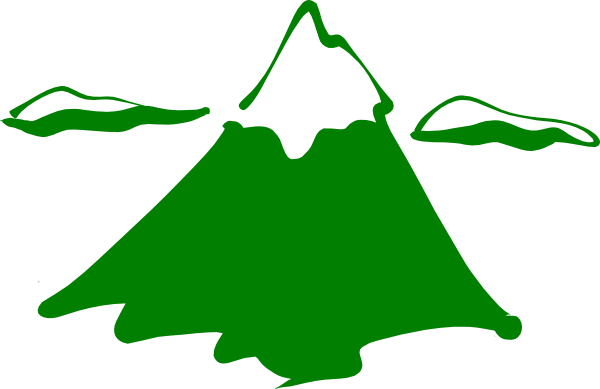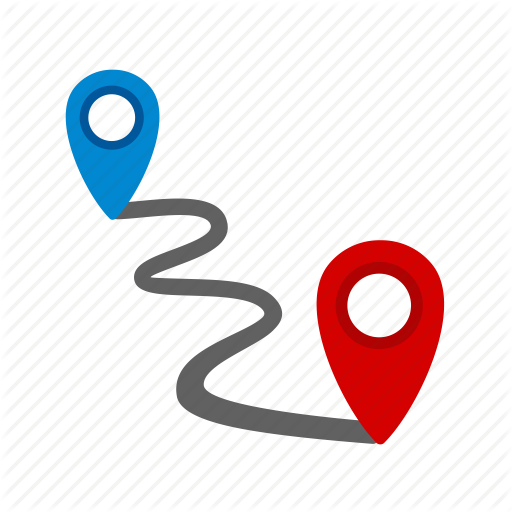Region: Parvati and Spiti Valley
 Total Duration -7 Nights / 8 Days
Total Duration -7 Nights / 8 Days
 Maximum Altitude – 16120 ft./4900 m.
Maximum Altitude – 16120 ft./4900 m.
 Grade – Challenging.
Grade – Challenging.
 Best Season – Mid June to October
Best Season – Mid June to October
![]() Accommodation – Hotel/Guesthouse; Organized Campsite
Accommodation – Hotel/Guesthouse; Organized Campsite
 Food – On trek – All meals included
Food – On trek – All meals included
 Distance – 62 KM.
Distance – 62 KM.
Fixed Departure Tariff - 18,999 /- per person
Things to Pack: Rucksack, cotton clothes, good trekking shoes, a warm jacket, Gloves, warmer, woolen or monkey cap covering head and ears, UV rays protected sunglasses, raincoat, extra socks, water bottle, torch, cold cream, sunscreen, toilet soap, towel, Walking Stick and medicines that you usually use.
Trek Schedule:
Day 1: Shimla – Narkanda – Hattu Peak – Rampur – Jeori – Sarahan. (175km. by vehicle)
Day 02: Sarahan – Jeori –Wangtu – Karcham – Kalpa. (92Km)
Day 03: Kalpa – Kafnu (7870ft.) (85 Km).
Day 04: Kafnu – Muling (10770ft.) (5-6hrs).
Day 05: Kara –Kara- Pushtirang (13660ft.) (7-8hrs).
Day 06: Pushtirang –Bhaba Pass (16120ft.) – Bolder (6-7hrs).
Day 07: Bolder – Mud- Kungri – Tabo (4-5 hrs).
Day 08: Tabo – Sarahan – Shimla (365km.)
Leave early morning from Tabo and reach Shimla by evening. This can be broken up with an additional 1 or 2 nights in Kalpa or Sangla as per your plans.
What is included in the tour
Teriff Inclusions
- Local transport during Trek.
- Highly Advanced and qualified Guide from Himalaya Destination.
- Skilled Local Guide who has ample knowledge of the route.
- Vegetarian meals on the trek (Breakfast/Lunch/Dinner)
- Cooks/Helper and other requisite staff.
- Porters/mules for carrying common equipments (like rations/tents/utensils)
- Equipment’s – Tents on sharing basis / Sleeping bags / Sleeping Mattress/ Sleeping bag Inner
- While on trek all meals will be provided. Meals will be freshly prepared and will be a mix of Indian, Chinese & Continental.
- Basic First aid Kit with portal oxygen.
- Forest Permits and camping charges.
What is NOT included in the tour
Tariff Excludes
- Personal Porters for carrying trekker’s backpacks.
- Personal trekking equipments – like trekking poles or sleeping bag liners.
- Personal insurance or cost of emergency evacuation
- Purchases of personal natures (like mineral water bottles/bottled or canned beverages/chocolates/dry fruits etc)
- Food to/from the trail head.









